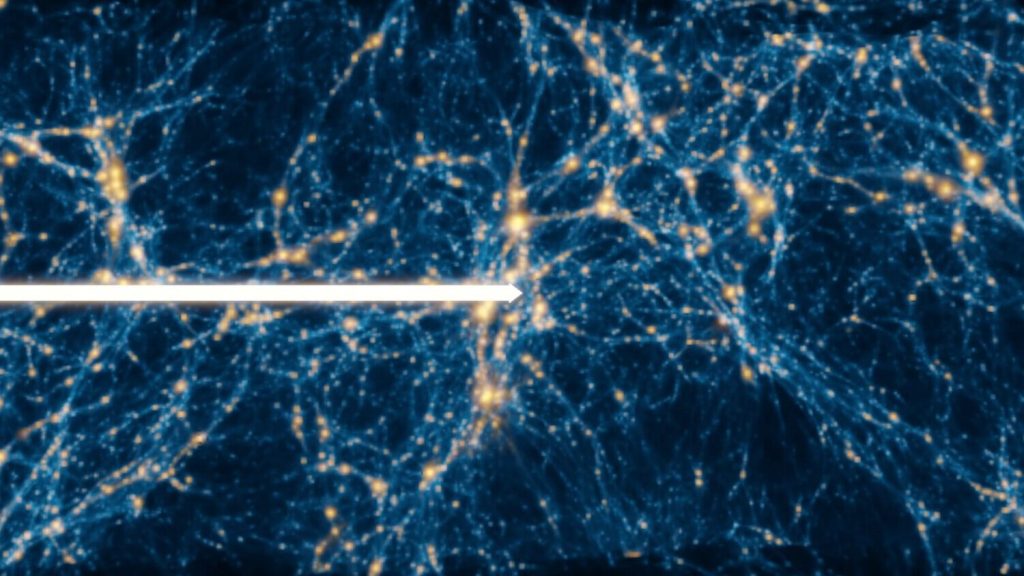A team of physicists used supercomputers to identify discrepancies between observations of the universe and theoretical predictions about its structure.
The team used PRIYA, a series of simulations that use visible light data from the two surveys to refine cosmological parameters, to determine constraints on measurements of the Universe and its evolution. Published Earlier this month Journal of Cosmology and Astroparticle Physics.
The research team used PRIYA to study spectrograms, which are images of hydrogen emission lines in space. Lyman Alpha ForestDense absorption lines in the spectrum from quasars, extremely bright sources of light in the universe.
In the team’s spectrograms, the spikes in missing frequencies represent “atoms and molecules that the light encountered along the way,” Simeon Bird, a physicist at the University of California, Riverside and co-author of the study, said in the university library. release“Each type of atom has a particular way of absorbing light, leaving a kind of signature in the spectrogram, making it possible to track their presence, especially the presence of hydrogen, the most abundant element in the universe,” he added.
Dark matter is the general term for matter that makes up about 27% of the universe. It is so named because it has never been directly observed, but its existence is evident due to the effects of gravity. Euclid Space Telescope It is collecting data that could shed light on the makeup of the dark universe.
At the same time, the ground equipment Like the DM Radio Projectthe potential mass range of particles that could be responsible for dark matter is gradually shrinking. Leading candidates for dark matter include weakly interacting massive particles (WIMPs), axions, and hidden (or dark) photons.
Mapping the distribution of dark matter throughout the universe It can also reveal how well theoretical models of the universe match observational data. In a recent study, Lyman Alpha Forest revealed the location of dark matter in the universe.
“Dark matter is gravity-driven, so it has gravitational potential,” Bird says. “Hydrogen gas falls into it, and we use that as a tracer for dark matter.”
The team uses the model not only to monitor the concentration of dark matter in the universe, but also to investigate discrepancies between observations of the universe and theoretical predictions of its structure.
Byrd offered two leading theories as to why the two don’t match up: that supermassive black holes at the centers of galaxies could be confounding the team’s calculations about the structure of the universe, or that there’s new physics at work that hasn’t yet been discovered.
“If this holds true in the later data sets, it becomes much more likely that it’s not a black hole that’s messing up the calculations, but rather a new particle or a new type of physics,” Bird said.
In other words, to solve one of the universe’s greatest mysteries, we need more data — and thankfully, there are plenty of observatories, both on Earth and in space. Available now and Planned To collect that data.


